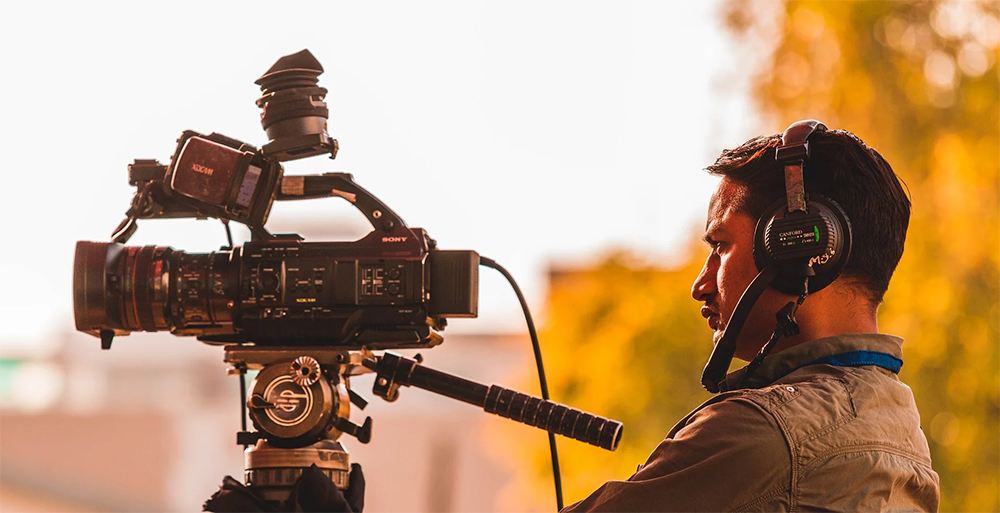Cinematographers, videographers, and photographers must balance keeping themselves – and their gear – cool during hot summer shoots.
On the East Coast, in particular, temperatures have exceeded 100 degrees on multiple occasions this year, and there are still several – potentially sweltering – weeks of summer left to go.
For filmmakers, proper hydration is critical to remaining safe and healthy while on site. Sticking close to the shade when not shooting, wearing appropriate clothing, and making liberal use of sunscreen are all good tips for working cameramen and women.
But your gear is susceptible to the hot summer sun, as well, and it doesn’t take much of a heatwave to sideline your equipment for days – and possibly even longer.
Here are five ways to keep your camera and gear cool and working properly during a hot summer shoot.
- Store your camera properly. If you’re not using your camera, it should be stored safely in your camera bag. This simple solution can cut down on a multitude of heat-related issues.
- Avoid condensation. Moisture can be a big hurdle during the dog days of summer, when humidity can create damaging condensation after moving gear from an air-conditioned vehicle to an outdoor environment. Condensation can wreak all kinds of havoc on a film set, from forming inside your lens and fogging up your image or leaving ugly, watermarks, to shorting out the innards of your camera. For the most part, these damages are considered user error, and are not covered under warranty. When possible, allow your equipment to warm up prior to use – or consider sealing in an airtight, sealable plastic bag with some packets of silica gel.
- Wrap equipment in a towel. Heat absorption is a big issue when shooting in the oppressive heat. Wrapping your camera or other gear in a towel can help to mitigate these effects. Integrate with a cold gel pack for optimal protection, just be sure they do not leak or become wet. When you’re finally shooting, your towel can be used as a viewfinder hood on bright days or as a makeshift cape when you feel particularly heroic.
- Keep an eye on your camera’s internal functions. Cameras, particularly SLRs that have advanced functionality including HD and Live View modes, can get toasty quick depending on how they are being used. Be sure to disable functions you do not need. Consider implementing external monitors and battery packs so your camera does not have to draw energy from its LCD screen and internal power source, respectively. Using faster memory cards can also aid in keeping your camera cool. Faster cards mean your camera does not have to work as hard to write to memory.
- Rotate your cameras. Whenever possible, always bring a backup. Rotating your primary camera with one or two standby units ensures you won’t have to worry about overheating at the worst possible time.
Since 1988, Maslow Media Group has provided broadcasters with exemplary video services, from camera crews and equipment to a host of script-to-screen solutions. We can help you assemble a team of professionals with top-of-the-line gear to support your creative production needs, from documentaries to live events, and more. Call us today at 202-965-1100.



